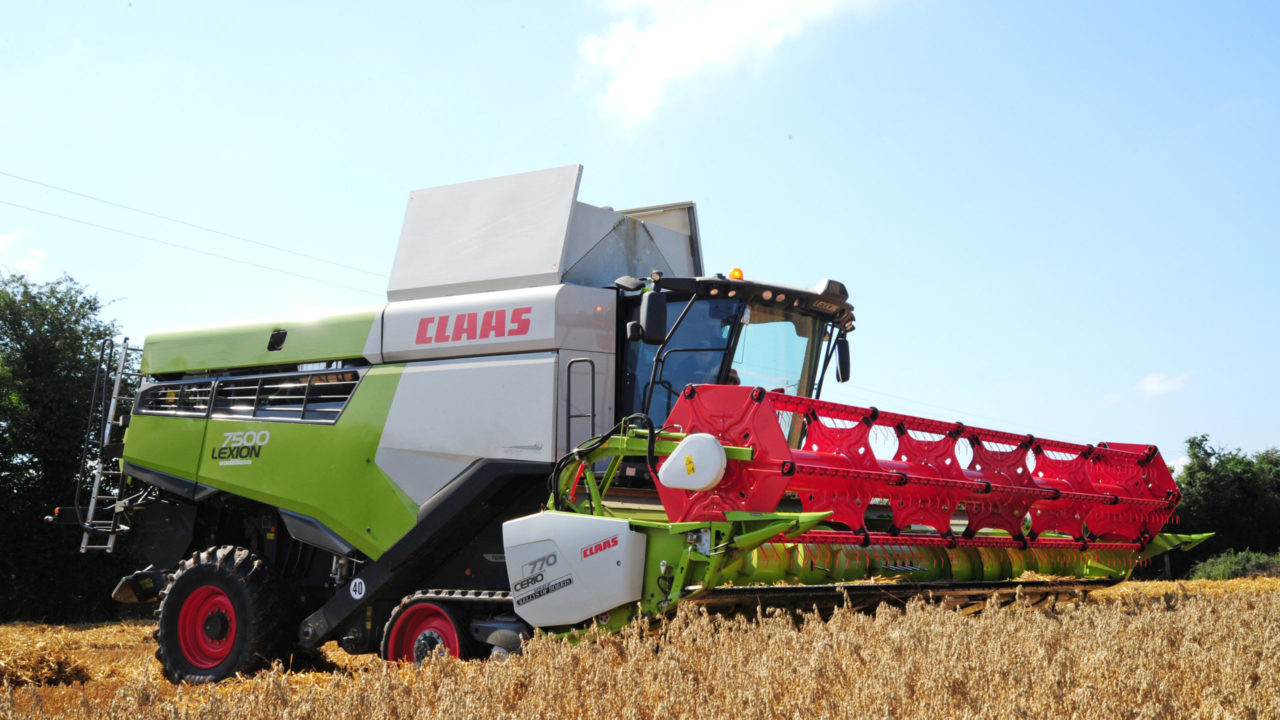In a recent fanfare of publicity, Claas brought to our attention that it had chosen to continue its partnership with Rolls Royce to power its Lexion and Tucano combine harvesters, Jaguar forage harvesters and Xerion tractors.
Owners of these models may have been a little surprised to learn that they were, apparently, already driving a Rolls Royce-powered machine as Claas had, up until now, listed the engines as being Mercedes Benz units.
Yet both badges are correct, and it would be quite legitimate to use either MTU or Daimler as well.
Common ancestry
The connection between all four names is rooted in the history of the diesel engine itself and specifically, the competition in Germany to develop and exploit the compression ignition engine in the early 20th century.
MTU was a company founded by the father and son team of Wilhelm and Karl Maybach in 1909. A few years later, and with the new name of Maybach Motorenbau GmBH, it designed and built the engines for the Zepplin airships.
During the second world war, and then on into the Cold War, it produced tank engines, latterly under the ownership of Daimler Chrysler.
In the mid-60s its name was changed once again to MTU Friedrichshafen GmbH - the MTU being derived from the words Motoren-und Turbinen-Union, or Engine-Turbine Union.
Rolls Royce as parent company
Between the jigs and reels, the company finally emerged as a wholly owned subsidiary of Rolls Royce Holdings in 2014, where it remains today.
In a further twist to the story Wilhelm Maybach also partnered with Gottlieb Daimler in the formation of Daimler AG, now a subsidiary of Mecedes Benz.
Despite this history and the shared foundations, Mercedes Benz and Rolls Royce are now completely separate companies.
Cooperation to cut costs
Yet the world of high-powered diesel engine manufacture is small, and development costs are humungous, so it is not uncommon for companies to cooperate on projects and products and this is just what Mercedes Benz and Rolls Royce have done.

Daimler/Mercedes Benz launched a new series of medium-duty commercial diesel engines, primarily for road use, in 2012.
These were known as the OM 93x and OM 47x series. MTU then took these base units and modified them for off-road use, naming them the MTU 6R 1000, 6R 1100, 6R 1300 and 6R 1500.
And this, it would appear, has led us to the situation where a Mercedes Benz-designed engine has been modified by a Rolls Royce owned company to give us a range of engines which are entitled to wear at least four different badges.
Quite which badge will appear on future Claas harvesters is unclear, yet Claas is determined to place its Lexion range of combines very much in the premium category.
It is therefore quite likely that the famous RR logo will be chosen to adorn the rocker covers, adding further to the already considerable bragging rights of driving a Lexion combine harvester.

